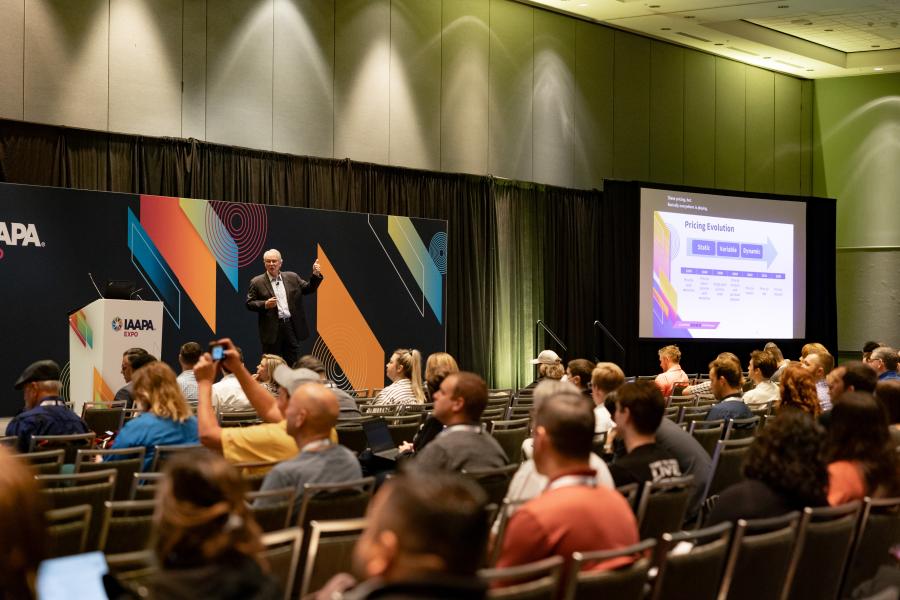Nearly 70% of attendees at an IAAPA EDUSession on pricing models work in attractions that update their prices only once a year. However, adjusting more frequently opens the potential to make significantly more money.
Throughout most of the attractions industry’s history, static pricing was the norm. Over the past fifteen years, though, variable and dynamic pricing have become more common.
Variable pricing offers a consistent structure, though prices may vary by day of the week, the time of day, or the season. With dynamic pricing, which may be trickier to implement, prices fluctuate frequently. In both cases, the goals are to maximize revenue and manage supply by charging more during peak periods and less when demand is low.
Regardless of the pricing model that your company adopts, “make sure that the value proposition is very clear to consumers,” advises Scott Sanders, president of the analytics consulting firm Integrated Insight. “Focus on value versus price.”
Prior to launching Integrated Insight in 2009, Sanders honed his expertise at Walt Disney Parks & Resorts, where he was responsible for setting pricing strategies for admissions tickets, room rates, food and beverage, and merchandise worldwide.
During his time there, Sanders successfully designed and implemented a sweeping change in Disney World’s pricing strategy, called “Magic Your Way”, which invited guests to customize their vacations when booking week-long packages. The initiative cut the cost of an eight-day, seven-night holiday by more than one-third, while higher consumer demand generated a 20% increase in operating income and sustained growth for Disney.
A key to the success of the program was Sanders’s decision to view pricing holistically—to break out of the silos of departmental profit and loss because “that is how guests purchase the product.”
Other guiding principles include ensuring that pricing is transparent, rewarding valued guests, maintaining or exceeding guest experience, and protecting the brand at all costs.
When choosing whether to implement variable or dynamic pricing, there are several factors to consider. Variable pricing works best when demand is predictable, there are no capacity constraints, and there is limited control over when guests will visit (for example, due to advance purchases that are not date specific). Dynamic pricing is suited to situations where there is strong or excess demand, limited capacity, and “a solid understanding of when guests will visit.”
For attractions that have yet to implement variable or dynamic pricing, it may be best to start with a variable pricing model, as it requires a smaller investment, is less complex and easier to present to the public. A dynamic pricing model, which may generate more revenue, can be adopted later.
One of the biggest risks to any strategy, particularly when prices fluctuate, is that the price is viewed as unfair by consumers. To mitigate this risk, communicate why prices vary and in instances when there are complaints, seek to understand them.
Other common missteps include setting too many price tiers, which make it harder for guests to intuitively understand a company’s pricing decisions, and not clearly presenting prices to the public. Attractions also need to balance short-term gains with the risk of longer-term losses, should visitors decide that higher prices are not worth it.
“Perception is a reality for consumers,” Sanders cautions. “You need to be aware and align your pricing with want consumers value. Your best way to ensure acceptance is to keep your ear to the ground and really understand what consumers are saying about your product and the decisions that you're making. Then, don’t be afraid to measure and adjust.”


